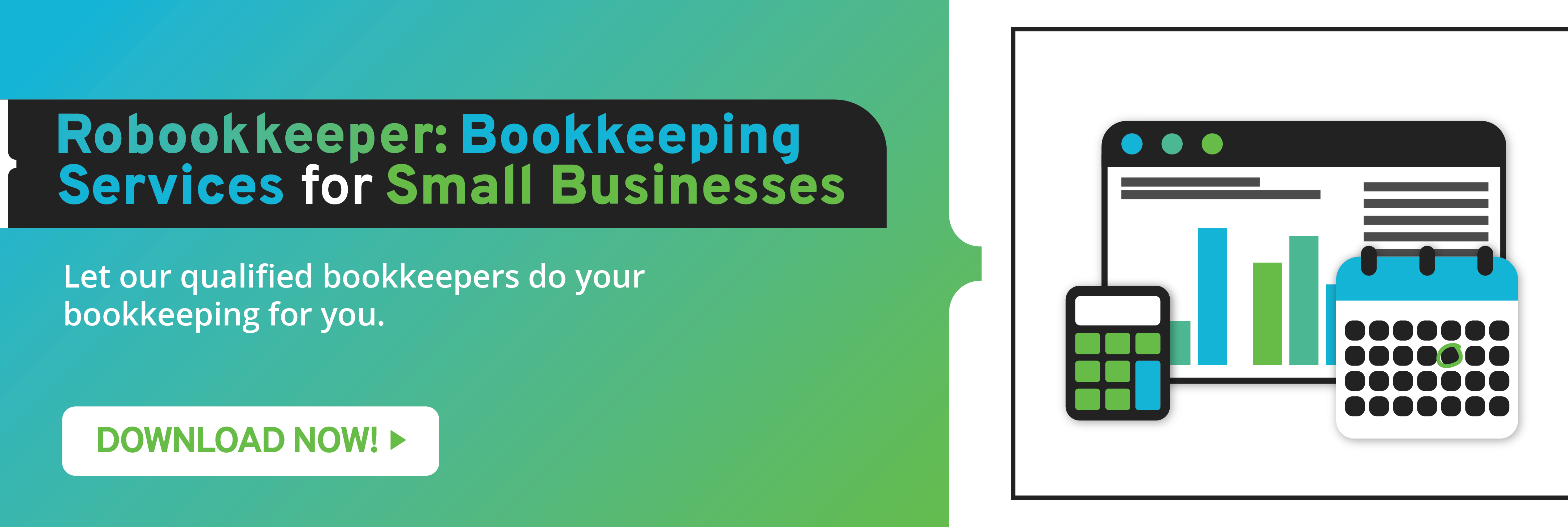The behaviour of your consumers can dictate your company’s sales. The frequency of their purchases can have a negative or positive effect on your profits. It’s important to understand consumer buying behaviour so that you can customise your marketing campaigns and develop products that address their pain points and provide them value.
These are some of the practices that allow you to get a clearer picture of consumer buying behaviour.
Group Your Customers into Segments
An efficient way to learn more about your customers’ behaviour is to group them into segments. Do this in a variety of ways such as by demographic, geographic, psychographic, or purchasing behaviour. These segments allow you to determine the key characteristics of your target market such as their age, gender, city, preferred platform, types of products they purchase and others. Once you create segments, it will be easier to customise marketing campaigns and develop products that create value for users.
Determine the Main Benefit for Each Segment
Once you have segments, identify the key benefit that each group experiences whenever they use your products or services. They have a distinct reason for choosing you over your competitors. Look beyond sales figures because the features of your product or service is not the only reason they make a purchase. Analyse the external factors that influence a customer as they go through the buyer’s journey. Some factors to look into are:
- Did a customer buy your product out of convenience?
- How many times have they purchased your products?
- Did they actively seek your brand when looking for a certain product?
- Was the purchase urgent?
- How much was a customer willing to spend?
These factors provide you with a clear picture of the purchasing habits of your customers. These also allow you to glean insights that you can use to build a successful business.
Earmark Quantitative Data
Your business benefits from data you collect from your consumers. Identify and analyse data you will need to learn more about your consumers. Get the data you need from your mailing list, subscriptions, social media, website analytics, and third-party studies just to name a few. Review all the information you have gathered to create a clearer picture of consumer buying behaviour.
Analyse Qualitative and Quantitative Data
After gathering quantitative data, analyse and compare the insights you have gained with your qualitative observations. Map out the data you gathered and juxtapose them with the experience of your brand’s consumers. Your analysis can either confirm your qualitative assessments or contrast with them. If there are substantial differences, you might have to change your sales and marketing strategies and do more to improve the experience of your customers.
Apply to a Campaign
Apply the insights you gained from your quantitative and qualitative analysis. This allows you to customise your approach based on the information you gathered. Communicate the changes you want to implement to your local consumers. They are creatures of habit and might not like the changes. Once the campaign has been underway for a time, assess its results. Determine if you should stay on the path you created or make further adjustments to achieve your objectives.
These tips allow you to get a clearer picture of consumer buying behaviour. Implement these to learn more about your audience and make the changes you need. If ever you need bookkeeping services, we at Robookkeeper can assist you. We offer first-rate small business accounting services for entrepreneurs.

